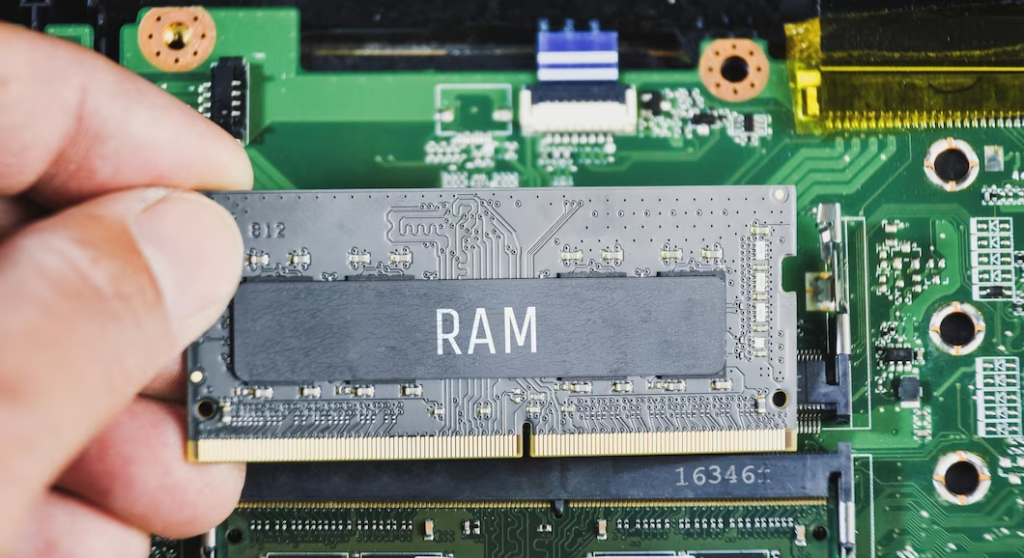When delving into the realm of enterprise computing, Windows Server operating systems have stood as steadfast cornerstones for businesses spanning all scales, providing an unwavering and robust underpinning for a multitude of workloads. The dawn of Windows Server 2022 heralds a cascade of enhancements and features, meticulously orchestrated by Microsoft to cater to the ever-shifting requisites of contemporary organizations. However, prior to immersing ourselves in the tapestry of novel attributes, it becomes imperative to fathom the threshold prerequisites that your hardware must satisfy to proficiently orchestrate the operation of Windows Server 2022.
Minimum System Requirements for Windows Server 2022
Guaranteeing the alignment of your hardware with the stipulated minimum system requisites stands as a pivotal factor in ensuring the seamless installation and peak functionality of Windows Server 2022. These prerequisites encompass an array of elements, encompassing processing potency, memory capacity, storage provisions, and network proficiencies. Herein lie the baseline specifications imperative for Windows Server 2022:
| Component | Requirement |
|---|---|
| Processor | 1.4 GHz 64-bit processor |
| RAM | 512 MB (2 GB for Server with Desktop) |
| Available Disk Space | 32 GB |
| Network Adapter | An Ethernet adapter capable of 1 Gbps connectivity. |
Breaking Down the Requirements

- Processor: Windows Server 2022 mandates the presence of a 64-bit processor functioning at a minimum clock speed of 1.4 GHz. This particular specification guarantees the operational capability of the system to adeptly manage the computational demands inherent in contemporary server workloads. Importantly, it’s worth acknowledging that these prerequisites bear a rather unassuming nature, thereby rendering the deployment of Windows Server 2022 on an extensive array of hardware configurations entirely viable;
- RAM: For Windows Server 2022, the stipulated threshold for RAM stands at 512 MB. Nonetheless, should you be considering the installation of the version that encompasses a graphical user interface (referred to as “Server with Desktop”), Microsoft advocates for an allocation of 2 GB of RAM. Although 512 MB might suffice for rudimentary server functionalities, the inclusion of supplementary memory emerges as a pivotal requisite for accommodating the more exacting demands posed by intricate applications and services;
- Available Disk Space: The installation of Windows Server 2022 mandates a minimal provision of 32 GB of accessible disk space. This allocation is indispensable to house the essential operating system files, updates, and potential supplementary software that could be integrated in the course of time. Optimal practice dictates that a more substantial portion of disk space be earmarked to effectively accommodate the expansion of your server’s software ecosystem and the ever-evolving requirements of data storage;
- Network Adapter: The requisites of Windows Server 2022 encompass an Ethernet adapter with a capacity for connectivity reaching at least 1 Gbps. An expeditious and steadfast network connection holds paramount significance in enabling the harmonious exchange of information between servers, clients, and assorted network assets. The mandate for Gigabit Ethernet serves to warrant the rapid transmission of data, thereby curtailing the potential for bottlenecks and latency impediments.
Conclusion
Grasping the rudimentary system prerequisites for Windows Server 2022 marks the initial stride in forging a dependable and streamlined server environment. By verifying that your hardware aligns with these delineated specifications, you establish the bedrock for a steadfast foundation capable of accommodating an array of workloads and services. Even as these prerequisites establish a foundational benchmark, it remains pivotal to contemplate the distinct exigencies of your organization and the potential for augmenting hardware to elevate the efficacy of your Windows Server 2022 deployment.
FAQ
Although the installation of Windows Server 2022 on hardware that fulfills the minimum prerequisites is within the realm of technical feasibility, a comprehensive evaluation of overall performance and compatibility remains imperative. Notably, antiquated hardware might fall short in delivering commensurate levels of performance and efficacy when juxtaposed with their contemporary counterparts. Furthermore, the issue of compatibility with drivers and peripherals ought to be duly acknowledged and addressed.
In the event that your hardware fails to meet the established minimum system prerequisites, the potential looms for encountering a medley of performance impediments, instability, and compatibility dilemmas. It’s plausible that particular attributes and services could exhibit suboptimal functionality or potentially be entirely inaccessible. To guarantee the establishment of a dependable and effective server environment, the prudent course of action entails strict adherence to the stipulated minimum requirements.
Certainly, the option to enhance your hardware subsequent to the installation of Windows Server 2022 remains open. Nevertheless, it stands as a pivotal requisite that any newly incorporated components adhere to or surpass the established minimum system prerequisites. The act of upgrading hardware bears the potential to yield elevated performance and expanded capabilities, particularly when confronting workloads that place a premium on resources.
The established minimum system prerequisites maintain a steadfast uniformity throughout the assorted editions of Windows Server 2022. Whether your installation pertains to the Standard, Datacenter, or any other edition, the hardware specifications expounded upon earlier maintain an overarching applicability.
Although adhering to the minimum requirements is integral to establishing rudimentary functionality, the attainment of peak performance invariably necessitates hardware of a more formidable stature. Microsoft, in its guidance, extols the utilization of a swiffer processor, a more substantial RAM allocation (8 GB or beyond), and a profusion of storage capacity. This augmented hardware not only accommodates the operating system but also encompasses a diverse spectrum of applications and data, thereby laying the groundwork for a multifaceted and adept ecosystem.
Certainly, the installation of virtualization platforms such as Hyper-V on hardware that aligns with the minimum system prerequisites is feasible. Nonetheless, it’s crucial to recognize that virtualization entails supplementary demands on resources. To foster efficacious virtualization, it’s recommended to earmark additional memory and storage, thereby catering to the needs of multiple virtual machines along with their accompanying workloads.
